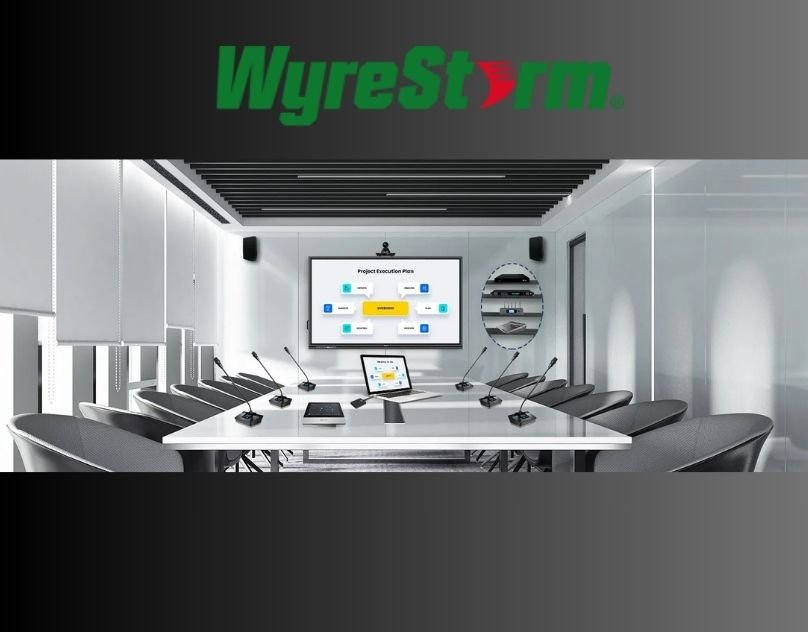Introduction
In today’s digital economy, the seamless and secure movement of data is crucial to the success of any business. Whether it’s transmitting financial data, customer information, or proprietary documents, organizations must ensure that files are shared quickly, securely, and in compliance with regulations. This is where Managed File Transfer (MFT) comes in — a robust solution designed to handle all aspects of file sharing in a business environment. Let’s explore how Managed File Transfer works, its key benefits, and how it helps streamline business operations across industries.
Definition
Managed File Transfer (MFT) is a secure and reliable solution for transferring data and files within an organization or between business partners. It automates file transfers, ensures compliance with data security regulations, and provides features like encryption, authentication, and detailed tracking. MFT is commonly used to handle large volumes of sensitive data with enhanced visibility and control.
What is Managed File Transfer (MFT)?
A program or service that makes it easier to safely and effectively move files across systems, businesses, and individuals is known as managed file transfer. Unlike basic file transfer methods such as email or FTP, MFT provides centralized control, encryption, automation, auditing, and compliance capabilities.
MFT solutions are designed to ensure that sensitive data is transferred securely, reliably, and in accordance with data protection regulations. Businesses that deal with large volumes of data – especially in sectors like finance, healthcare, logistics, and retail – often rely on MFT to replace outdated or less secure file transfer methods.
The Need for MFT in Modern Businesses
With digital transformation, businesses are dealing with increasing amounts of data every day. Manual file transfer methods or basic protocols like FTP are prone to errors, lack visibility, and often fail to meet compliance requirements. These limitations can lead to data breaches, operational delays, and regulatory fines.
Here are some challenges that MFT helps solve:
- Data security risks
- Compliance with data privacy laws
- Manual and error-prone processes
- Limited audit trails
- Scalability issues with legacy systems
By adopting MFT, companies gain a secure, scalable, and efficient way to exchange critical business data, both internally and externally.
Key Features of Managed File Transfer
MFT solutions offer a rich set of features that help organizations simplify their file transfer operations:
Security and Encryption:
Security is at the core of MFT. Files are encrypted in transit and at rest using industry-standard protocols like SFTP, FTPS, HTTPS, and PGP. Access controls, authentication mechanisms, and firewalls protect against unauthorized access.
Automation and Scheduling:
MFT allows businesses to automate routine file transfers with predefined workflows and triggers. This reduces manual workload, minimizes errors, and ensures timely delivery of files.
Audit Trails and Monitoring:
With comprehensive logging and monitoring tools, MFT provides full visibility into all file transfers. This helps IT teams track issues, perform audits, and ensure compliance with industry regulations.
Compliance Support:
Secure data transfer and auditing are mandated by regulatory frameworks such as GDPR, HIPAA, PCI-DSS, and SOX. MFT solutions help organizations meet these requirements with built-in compliance tools.
Scalability and Integration:
Modern MFT solutions can integrate with existing ERP, CRM, cloud storage, and other business systems. They can scale to accommodate growing volumes of data and complex workflows across departments.
How MFT Streamlines Business Operations
Implementing MFT leads to improved efficiency, security, and collaboration within and across organizations. Here’s how MFT enhances business operations:
Improved Data Security and Risk Mitigation:
One of the most important benefits of MFT is the enhanced protection of sensitive data. Enforcing access rules and encrypting files lowers the danger of data breaches. Companies can confidently transmit confidential information such as financial reports, employee records, or client data without fear of interception or misuse.
Operational Efficiency Through Automation:
MFT eliminates the need for manual intervention in repetitive file transfer tasks. By setting up automated workflows, businesses save valuable time and reduce the possibility of human error. For example, daily financial transactions, order processing, or inventory updates can be scheduled to run without IT team involvement.
Centralized Management and Control:
With MFT, all file transfers are managed from a central dashboard. IT administrators can monitor file movements, resolve issues quickly, and enforce policies across the organization. This centralized approach improves accountability and ensures consistent practices.
Faster Decision-Making with Real-Time Data Flow:
Real-time file transfers enable timely access to business-critical data. For example, logistics companies can share shipment data with partners instantly, or healthcare providers can transfer patient records between systems seamlessly. This speed enhances decision-making and responsiveness across departments.
Regulatory Compliance and Audit Readiness:
Businesses must comply with strict data protection laws, especially in regulated industries. MFT ensures that every file transfer is logged, auditable, and compliant. It also allows organizations to generate detailed reports that simplify audits and demonstrate compliance.
Enhanced Collaboration with Partners and Clients:
MFT supports secure file sharing with external stakeholders such as vendors, clients, and partners. It offers role-based access, authentication, and secure portals, making collaboration easy and secure. This is especially useful for businesses with global partners or remote teams.
Use Cases of MFT Across Industries
Managed File Transfer is not limited to any one sector. Here are some real-world applications of MFT:
- Finance: Transmitting large volumes of transactions, reports, and sensitive customer data while meeting PCI-DSS compliance.
- Healthcare: Sharing patient information, lab results, and insurance data in accordance with HIPAA regulations.
- Retail: Syncing inventory data between stores, warehouses, and suppliers to ensure real-time updates.
- Logistics: Automating shipment notifications, tracking data, and customs documents for global supply chains.
- Manufacturing: Exchanging CAD files, blueprints, and production schedules between design and factory teams.
Choosing the Right MFT Solution
When selecting an MFT solution, businesses should consider the following:
- Security protocols and compliance support
- Ease of integration with existing systems
- Automation and workflow capabilities
- Scalability and performance
- User-friendly interface and reporting tools
- Vendor support and service-level agreements (SLAs)
Some popular MFT solutions include IBM Sterling, GoAnywhere MFT, Globalscape, MOVEit, and Axway — each offering unique features suited for various business needs.
Growth Rate of Managed File Transfer Market
According to Data Bridge Market Research, the managed file transfer market is projected to grow from its 2024 valuation of USD 2.1 billion to USD 9.97 billion by 2032. Mostly due to digital transformation projects, the market is expected to expand at a compound annual growth rate (CAGR) of 21.50% between 2025 and 2032.
Read More: https://www.databridgemarketresearch.com/reports/global-managed-file-transfer-market
Conclusion
In an era where data is the new currency, the ability to move it securely and efficiently is paramount. Managed File Transfer not only addresses the technical and security challenges of traditional file sharing but also plays a vital role in streamlining business operations. By reducing risks, enhancing productivity, and ensuring compliance, MFT empowers businesses to focus on their core activities and strategic goals. Whether you’re a small enterprise or a large multinational, investing in a robust MFT solution can significantly improve the way your organization handles data – turning file transfers from a potential liability into a strategic advantage.














Leave a Reply